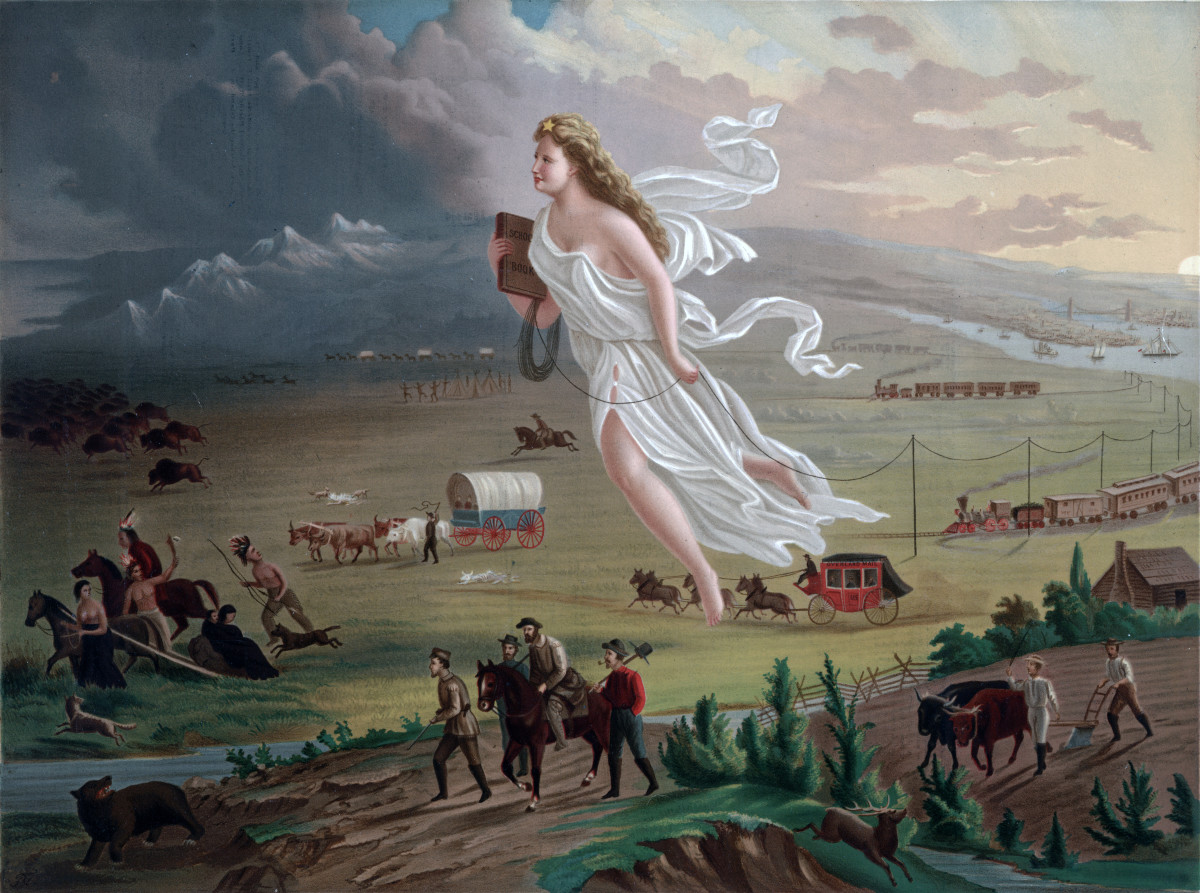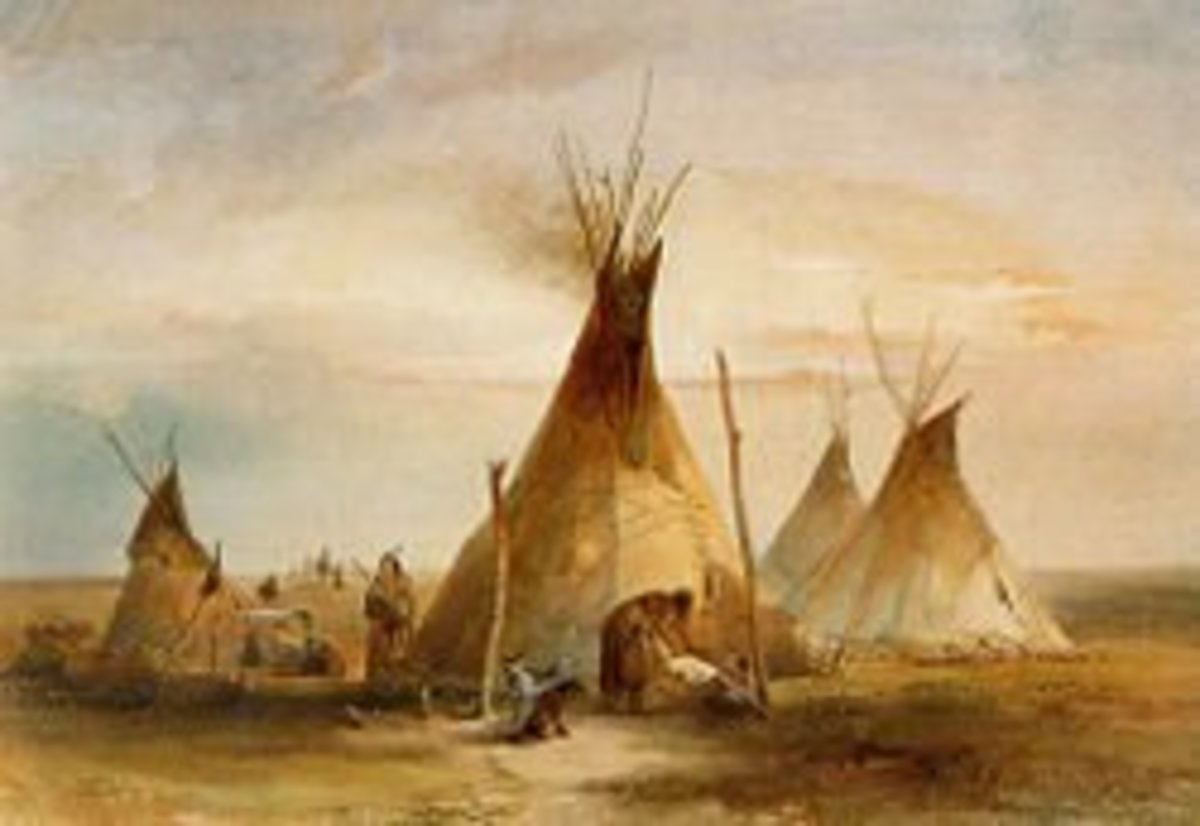A Review of The Indian Reorganization Act (1934)
Introduction
The Indian Reorganization Act (Wheeler-Howard Act) was an act endorsed by the United States Congress IN of 18th June 1934. The prime aim of the Act was to reduce American Indian affair’s federal control and encourage self-governing and responsibility of the Indian citizens. In 1924, Congress accredited the Meriam survey of living conditions on the reservations as a way of appreciation for Indian participation in the World War 1. The Act truncated the future allocation of communal and tribal land to individuals and enabled the repossession of surplus land to Indian tribes as opposed to homesteaders. In essence, the Act restored the management of asserts to Indians and included provisions which intended to build a comprehensive economic foundation for the Indian Reservation inhabitants.
Discussion
The Indian Reservation Act was the most substantial of John Collier’s initiatives. Collier was the Commissioner of Bureau of Indian Affairs (BIA) for President Franklin from 1933 to 1945. He had worked hard for a change since the early 1920s and had keenly studied and observed the issues of Indians. He had worked for long with American Indian Defense Association for a long time as he tried to bring change to Indians. Collier had the intention of reversing the assimilationsit’s policies which was the root cause of the damage to the Indian American cultures. He also wanted to make it possible for Native Americans to re-establish self-government and sovereignty, which he achieved eventually (Jon, 2013). The Act is currently the center of federal legislation which concerns the affairs of Indians. The basic aims of the act were armored between the 1960s and 1970s during which executive responsibility was conveyed to Indian Americans and their tribes.
During the time when the Act was passed, the United States had enacted a policy to do away with all Indian reservations and divide the communal land then allocate 160-acre plots to household heads, which means the land would be owned severalty. Before then, the whole reservation land was only reserved for the advantage of Indian tribes as a whole and was not owned the normal European-American way. The benefits were then apportioned to members of the tribe in accordance with their customs and laws. The land in reservations was held by the federal government for many tribes and several cases had been presented to congress due to the failure of the federal government in managing such land. Some specific grievances were presented due to the failure of the government to provide sustainable forestry. This was in line with the Indian Claims Act which had a necessity for the interior department to properly manage the forest resources of Indians on the principle of sustained-yield management. The co-sponsor of the act and chairperson of the house committee on the affairs of Indians reported that the provision’s act was to enable proper Indian forest management (Canby, 2004).
Implications of Implementation
After its implementation, the process of allotting communal lands to individual members of the tribe was considerably slowed down. Indian land that was patented to individuals was not restored. Nonetheless, large tracts of land still remained not allotted and even if allotted to an individual, it was still held for that individual in trust by the federal government. Since the act did not have any provisions on existing private ownership, it made reservations a checkerboard of individual and tribal fee and trust land, and that continues to be the case to date. The act also gave room for the United States to purchase portions of the fee land and make it tribal trust. During the first 20 years of the passage of the act, more than (8000km2) of land was handed over to tribes (Terry 1995).
After the implementation of the act, more than 150 tribes implemented written constitutions with regards to the provisions of the act. The revolving credit fund enabled many Indian Americans to improve their position economically. The fact that Indians now had funds made it possible to add many more acres of land to the reservations. The health and education services were greatly improved and more Indian children joined public schools. The act also led to the rise of a wider interest of Indians in civic affairs.
Conclusion
Different people have different reactions to the Indian act and its implications. But many praise Collier’s enthusiasm in his initiative to establish this act. Collier is praised for protecting the freedom of Indians to take part in traditional religious practices and providing a self-government structure through the self-governance provisions which automatically went to effect for all tribes unless majority of eligible Indian Americans voted against it. 174 tribes voted for it subsequently became law. Generally the Indian Act had been significant in reinstating and respecting respected Indian culture and traditions alongside considering their rights in the country’s laws.








